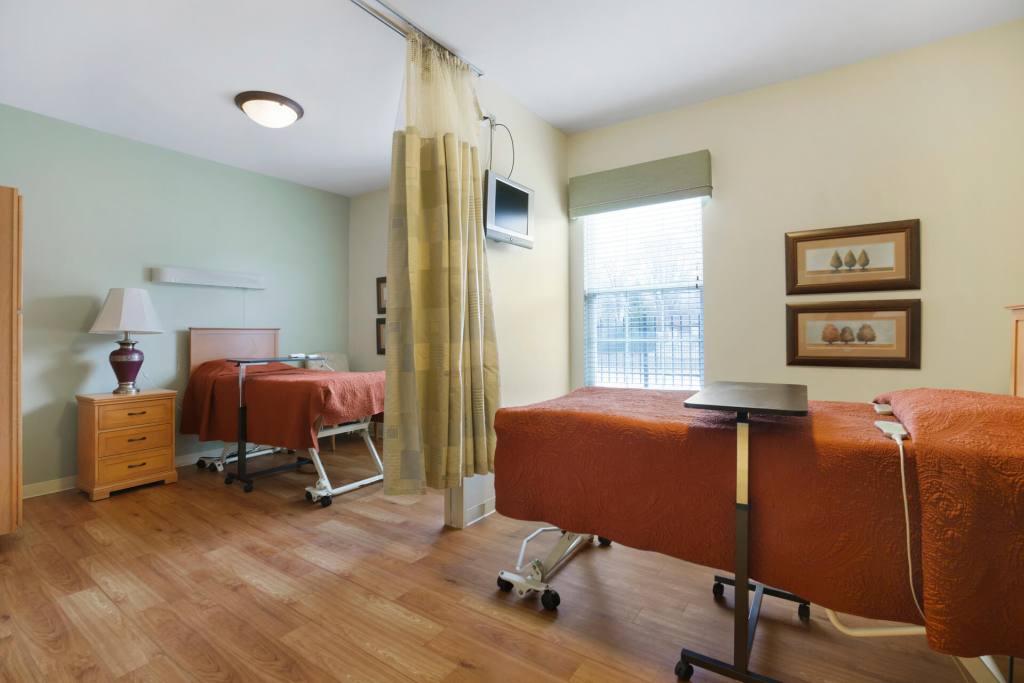Understanding the Cost of Nursing Home Care in Maryland

Planning for nursing home care is one of the most important decisions many families face as their loved ones age. Maryland, like many states, offers a range of nursing home facilities, but the costs associated with long-term care can be significant. Understanding the financial commitments, what factors affect the cost, and what assistance is available are key components of preparing for this stage in life. With proper knowledge and planning, you can make informed decisions that ensure your loved ones receive the care they need without undue financial strain.
Factors That Influence the Cost of Care
Several factors influence the cost of nursing home care in Maryland. The primary determinant is the level of care required by the resident. Residents who need more intensive medical support, such as those with chronic illnesses, dementia, or mobility issues, may incur higher costs than those needing basic assistance with daily activities.
Location also plays a significant role. Nursing homes in more urban areas, like Baltimore or Silver Spring, tend to be more expensive than those in rural parts of Maryland. This is due to higher operational costs in urban environments, including staffing, real estate, and utilities. Proximity to medical facilities and amenities can also drive up prices.
Another cost factor is the room type. Private rooms typically cost more than semi-private rooms due to the increased privacy and space they offer. Facilities that offer luxury accommodations, extensive amenities, or specialized care services may also come with a premium price. When choosing a nursing home, it’s important to weigh these amenities against your loved one’s actual needs to avoid paying for unnecessary extras.
Average Costs in Maryland
Maryland’s nursing home costs are slightly higher than the national average. According to recent data, the average cost for a semi-private room in a Maryland nursing home is around $10,000 per month, while a private room can cost upward of $11,000 per month. Over the course of a year, this can total more than $120,000, a significant financial burden for many families.

However, costs can vary widely across the state. In areas like Hagerstown or Cumberland, nursing home rates may be lower, with average monthly costs closer to $8,500. Meanwhile, nursing homes in affluent areas like Montgomery County or Howard County can cost over $12,000 per month. Understanding these regional differences is crucial when planning for long-term care, as choosing a facility slightly outside of a high-cost area could result in substantial savings.
Additionally, many nursing homes adjust their pricing based on the level of care needed. For example, basic custodial care, which includes assistance with bathing, dressing, and feeding, may be more affordable than skilled nursing care, which involves medical monitoring and treatment. Discussing your loved one’s specific needs with potential facilities will give you a clearer picture of what to expect financially.
Payment Options and Financial Assistance
Covering the cost of nursing home care can be daunting, but there are several options available to help ease the financial burden. Private pay, insurance, and government assistance programs are the most common methods of payment for nursing home care in Maryland.
Medicaid is the largest source of financial assistance for nursing home care in the state. For eligible residents, Medicaid can cover some or all of the costs associated with long-term care. However, Medicaid has strict income and asset requirements, so not everyone will qualify. Families should explore Medicaid planning well in advance of needing nursing home care to ensure their loved ones are eligible when the time comes.
Medicare, on the other hand, only covers short-term nursing home stays and is typically limited to rehabilitation following a hospital stay. It is not designed to cover long-term care. However, long-term care insurance can provide coverage for nursing home expenses. This insurance must be purchased in advance, ideally before the individual requires nursing home care. Policies vary, so it’s important to review what is covered and for how long.
Lastly, some families may choose to pay for nursing home care out of pocket. For those with significant savings or assets, this may be a viable option. However, given the high costs associated with nursing homes, it’s wise to consider all available financial resources before depleting personal savings.
Planning Ahead for the Future
Planning for nursing home care should start long before it becomes a necessity. Given the high costs, having a strategy in place will help alleviate financial stress when the time comes to transition into long-term care.
One approach is to explore Medicaid planning with an elder law attorney. These professionals specialize in helping families structure their finances in ways that protect assets while making them eligible for Medicaid. Early planning can ensure that your loved one receives the care they need without jeopardizing the family’s financial future.
Another option is to consider long-term care insurance. While not everyone qualifies for this type of insurance, those who do can benefit from the financial protection it offers. It’s essential to purchase this insurance while still in good health, as pre-existing conditions can disqualify individuals from coverage.
Families should also review their loved one’s estate planning documents, such as wills, trusts, and powers of attorney. Ensuring these documents are up to date can help protect assets and ensure that decisions are made in accordance with your loved one’s wishes. Many elder law websites provide valuable resources on this topic, offering guidance on how to prepare for the financial implications of long-term care.
Conclusion
Understanding the cost of nursing home care in Maryland requires careful planning and consideration of many factors. The level of care, location, and room type all play significant roles in determining the overall cost. While the price of care can be substantial, families have options for managing these expenses, from Medicaid and long-term care insurance to careful financial planning. By researching and preparing ahead of time, you can ensure that your loved one receives the quality care they deserve without creating an overwhelming financial burden.









